‘Great deal of opportunity in the lighting industry to meet growing requirements…’
By N Jayalakshmi | July 21, 2022
There really is no debate over the role that lighting plays in the overall store design and experience. In this next story in the ‘Spotlight’ series presented by Retail4Growth in association with retail lighting solutions company Gardler, Jenny Andrews, Founder - STUDIO J, shares her insights on how store lighting can help deliver the right retail experience.
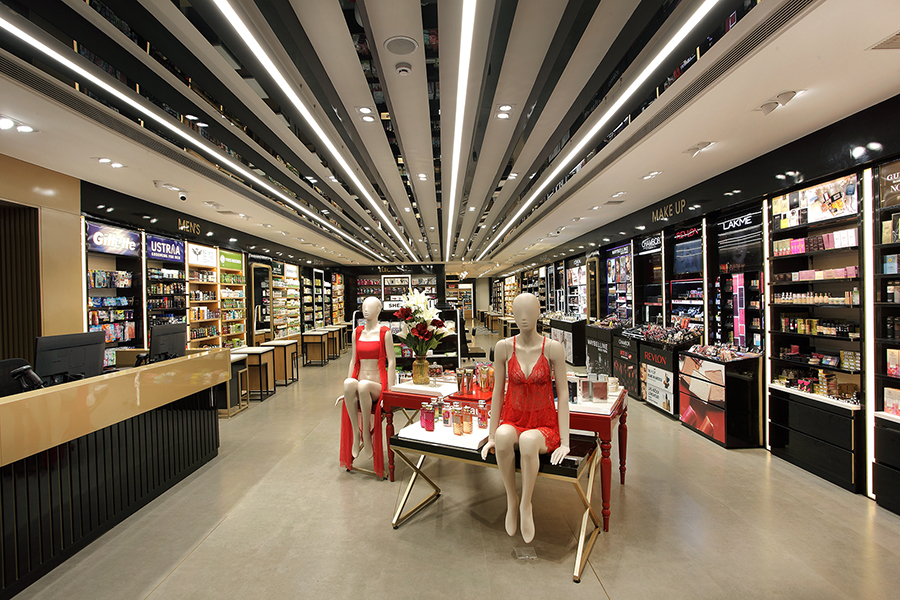
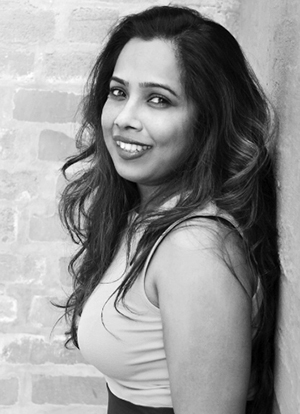 Lighting can make or break a store - this is a commonly acknowledged fact in retail. And yet, it can often get relegated to the sidelines during the whole process of getting a store up and running. When it’s not cost, it’s often the lack of adequate awareness or conviction on the part of retailers with regard to the importance of lighting, or the need to make long term investments in it. But things seem to be changing now. As Jenny Andrews, Founder - STUDIO J, says, “I think many retail brands are quite convinced about the role of lighting today. Also, in the last decade or so, there has been quite a bit of evolution in the lighting sector - be it jewellery or any other category - and a lot of knowledge has been gained around lighting. Brands have also experimented quite a bit and have realised what good lighting can bring to the store design.”
Lighting can make or break a store - this is a commonly acknowledged fact in retail. And yet, it can often get relegated to the sidelines during the whole process of getting a store up and running. When it’s not cost, it’s often the lack of adequate awareness or conviction on the part of retailers with regard to the importance of lighting, or the need to make long term investments in it. But things seem to be changing now. As Jenny Andrews, Founder - STUDIO J, says, “I think many retail brands are quite convinced about the role of lighting today. Also, in the last decade or so, there has been quite a bit of evolution in the lighting sector - be it jewellery or any other category - and a lot of knowledge has been gained around lighting. Brands have also experimented quite a bit and have realised what good lighting can bring to the store design.”
She adds “We are working with a lot of multibrand outlets that are growing in tier 2 cities and they are very open to innovation and new ideas. So I’d say there is a great deal of opportunity in the lighting industry to scale up and meet the different requirements that are coming up.
But is the awareness or knowledge enough for retailers to make long term investments in lighting? Says Jenny, “I think it is up to the designer or the designing agency to make that transfer of knowledge. For example, today there are so many light fixtures that look the same but deliver different results. There is a misconception that what look alike also deliver the same and come with the similar life span. But that’s no true.So there is a need for knowledge and understanding of the minute differences in quality that can make a huge impact in the output that a lighting fixture delivers.”
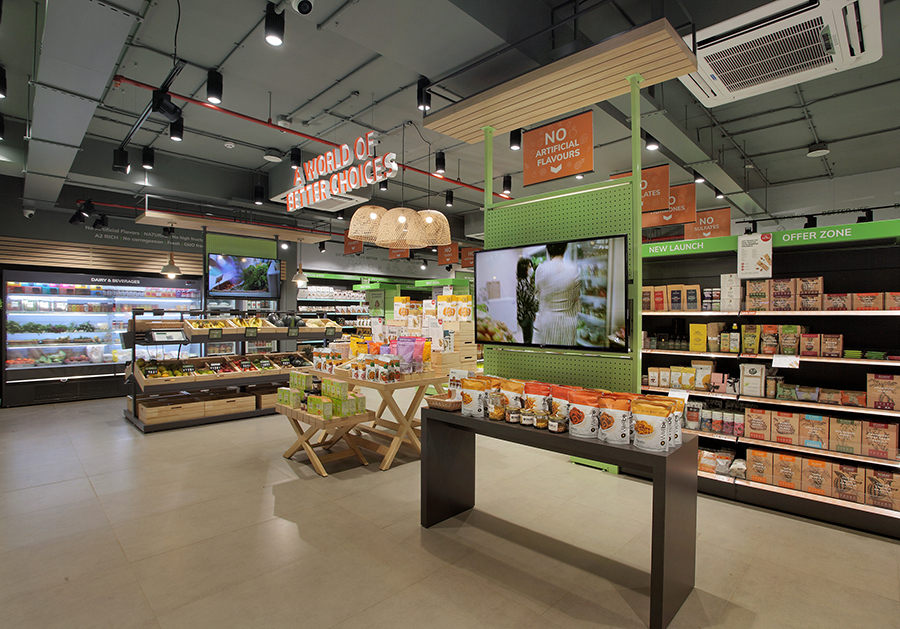
Further sharing Studio J’s approach to lighting in their store projects, Jenny adds, “At Studio J, besides our primary goal of setting the design identity and the design language process, lighting design is very critical for us, because it impacts how the store looks and plays a pivotal role in establishing the store experience and target group. The kind of lighting needed also depends on the category and the TG that the store addresses. So we work with qualified lighting designers for some of our projects, in order to define the store ambience, experience and the TG.”
 Elaborating on the critical parameters that the design studio follows in the context of lighting while designing a store, she says, “There are critical parameter like the angles of lighting required for different areas in the store, the quality of reflectors, the light body, etc. But most importantly, it needs to be understood that there is a huge science behind how lighting is used in a space and how it impacts the overall experience. It’s not just about fixtures. While I am sure lighting manufacturers are aware of it and are doing their best to deliver the right output, it’s also important for the retailers to understand the reasons behind the choice of certain lighting and how it impacts the merchandise sales. Lighting after all impacts the colour rendering of the products and this impacts how customers respond to them and therefore on their purchase decisions.”
Elaborating on the critical parameters that the design studio follows in the context of lighting while designing a store, she says, “There are critical parameter like the angles of lighting required for different areas in the store, the quality of reflectors, the light body, etc. But most importantly, it needs to be understood that there is a huge science behind how lighting is used in a space and how it impacts the overall experience. It’s not just about fixtures. While I am sure lighting manufacturers are aware of it and are doing their best to deliver the right output, it’s also important for the retailers to understand the reasons behind the choice of certain lighting and how it impacts the merchandise sales. Lighting after all impacts the colour rendering of the products and this impacts how customers respond to them and therefore on their purchase decisions.”
Of course, when it comes to lighting there are also many challenges and this is where the partnership between the designer and the lighting supplier becomes very critical. As Jenny explains it, “As designers, we always want to give the best to the clients. But when there are major expansion plans and there are multiple stores coming up, it’s also very important for the designers and the lighting partner to work closely and look at what is the most optimum way by which the retailer can get the best from their investments, without compromising on the quality. So the lighting supplier needs to offer the right quality with good after-sale service and help the retailer scale up in the most cost efficient manner. “
Speaking further about the criteria for evaluating the right lighting partner, Jenny shares, “The right lighting partner is one who is always ready to experiment, comes in with knowledge, is ready to share his or her learnings, and also looks at how the output can be envisaged. And as already mentioned, they also work very closely with us in terms of giving the right products which match our requirements. The other critical aspects are of course the the knowledge and experience that they carry, and their understanding of client needs. Essentially, the partnership needs to be seamless. I think some lighting companies in the industry have really scaled up their understanding of the nuances of lighting and understood their role and are able to provide the support that a design agency requires.”
For most lighting designers and architects, there are always those special projects that list among their favourites, whether in terms of the creativity they were able to offer, the client satisfaction, the results delivered, or any other. In the context of lighting, Jenny mentions the Coffee Cup Cafe in Lulu that Studio J designed and for which the agency won the VMRD Award this year in that category. Jenny says, speaking about it, “Lighting was very critical for this project.The cafe was located in the sports entertainment zone in the mall, and our whole idea was to make the space a lot more contemporary and trendy, while keeping it subtle. So our choice of colours and the lighting had to reflect this. The lux levels were subtle and we used a lot of LED strip lights to bring the funky ambience. Essentially, we decided to break away from the usual cafe lighting trend and focus on the food products, while creating a sense of quiet privacy in the seating area that conveys the huddle room ambience.”
Well, this is another example that throws the spotlight on how lighting can really help define the spatial experience, one that blends with the design objective.

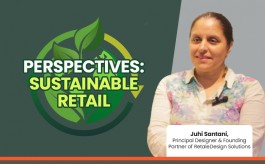
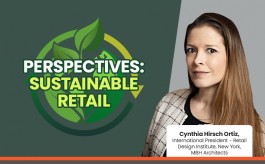
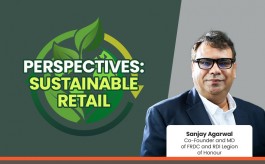


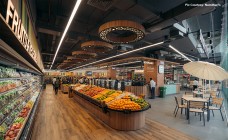


Comments